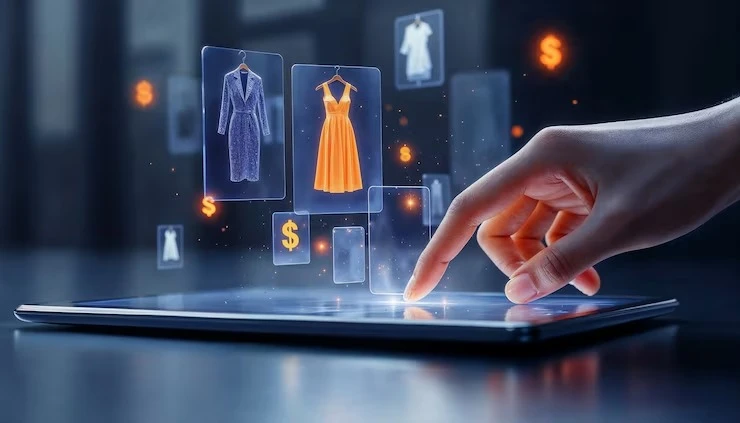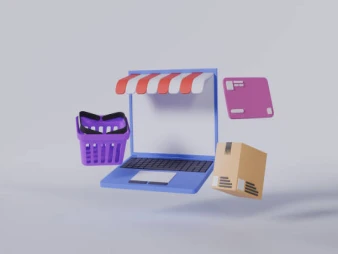Free support 24/7
Free support 24/7

Often times, a customer buys one product and quickly leaves the store. But if your store design is engaging and encourages exploration, you can make your customer stay longer and discover products they didn't even know about. The real question is: Does your store design actually help customers explore? And doesn't it get lost among the pages?
In the Kingdom of Saudi Arabia, the culture of online shopping has increased significantly, and competition between e-commerce stores has reached a high level. Design has become a crucial element not only for appearance, but for the shopping experience itself.
1. Why is "curiosity" important in design?
When a customer feels curious, they want to know more. Imagine your website like a shopping mall. If it's attractively organized and enticing to navigate between sections, the customer will stay longer and explore more. This increases the likelihood that the customer will add more products to their cart, and perhaps even purchase something they hadn't intended.
2. Organization First... Don't Confuse the Customer
The homepage should be simple and organized, directing the customer to the most important things directly, while at the same time opening other doors for them to discover other sections and offers. Don't overwhelm them with everything from the start. Let them discover it gradually. This requires intelligent arrangement of products and sections.
3. Do you use smart recommendations?
Suggesting similar products or "You might like" gives the impression that the store understands the customer's needs. When a customer finds a product they like, and it appears under similar products, this encourages them to continue browsing and add it to their cart.
4. Easy navigation equals more exploration.
The top menu (navigation bar) and side sections must be clear and easy to navigate. Customers don't have time to search for a specific section. If they get lost, they'll leave. If they find everything clear, they'll continue browsing and might find a product they've been searching for for a long time.
5. Interactive images and designs.
Animated images, simple mouse-over effects, or even a smooth mobile browsing experience all encourage the user to continue. The sense of interactivity creates a sense of vitality and makes the customer feel like they're exploring something "live," not just static images.
6. Product stories and presentation style.
It's not enough to simply display a product and its price. Provide a clever description, attractive images, and even a short story about the product, if possible. A customer might buy a product because they're drawn to the description or feel it has a story worth owning.
7. Customer Experience = Journey
Think of the customer experience as a "journey of discovery." Let them start from a specific point, be curious to reach the next point, and so on. Make the journey easy for them, but don't give them everything at once. Let your design invite them to discover more.
If your store design is intelligently arranged and entices the customer to "walk" inside, you'll increase the likelihood of an indirect sale. Store design isn't just about colors and images; it's about thinking about customer behavior, desires, and curiosity.
The Saudi audience is aware and values a smooth and enjoyable experience. If you want your store to captivate the customer from the first glance, use simple language and present content in a way that encourages browsing and discovery.

الإشعارات الذكية داخل التطبيق تقدر ترجع عملاءك لإكمال الطلبات بدل ما يتركوها

إضافة خريطة لفروع متجرك تعطي مصداقية أكبر وتخلي العميل يحس إن المتجر قريب منه وموثوق
You can create your store easily